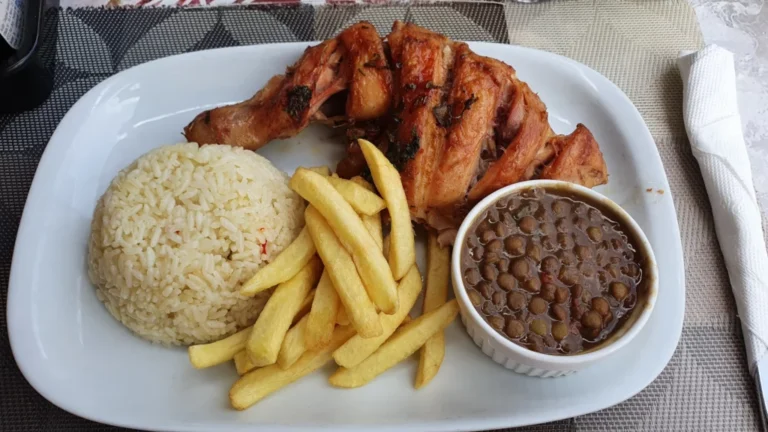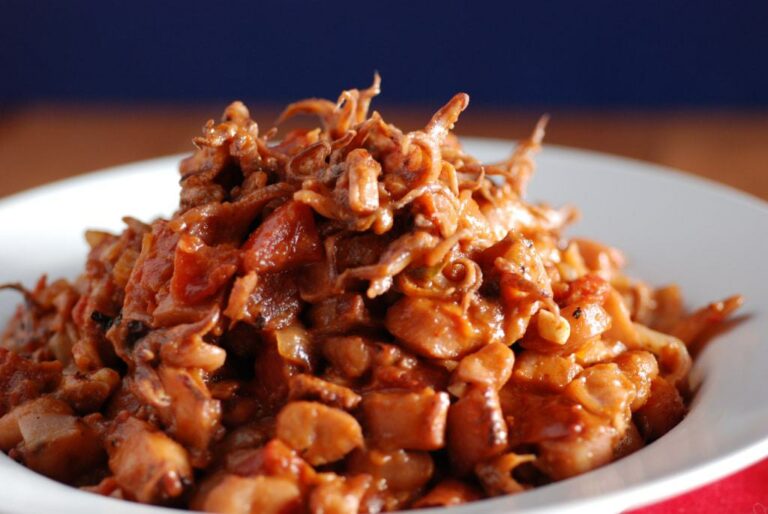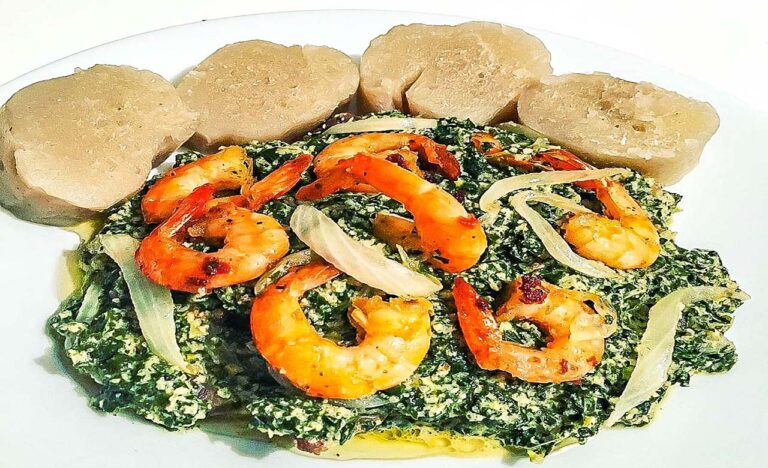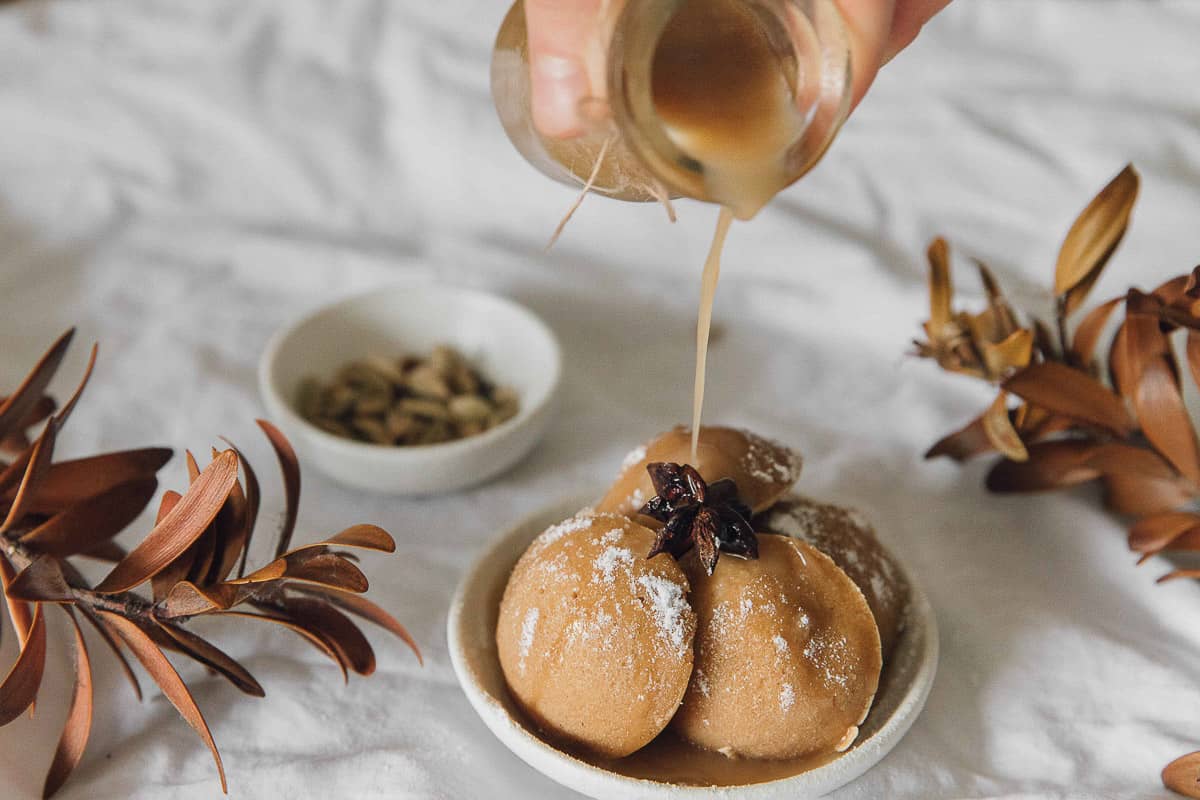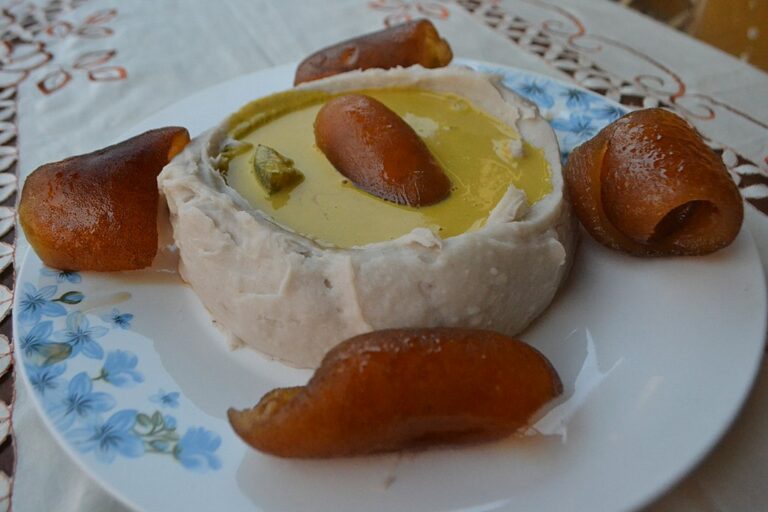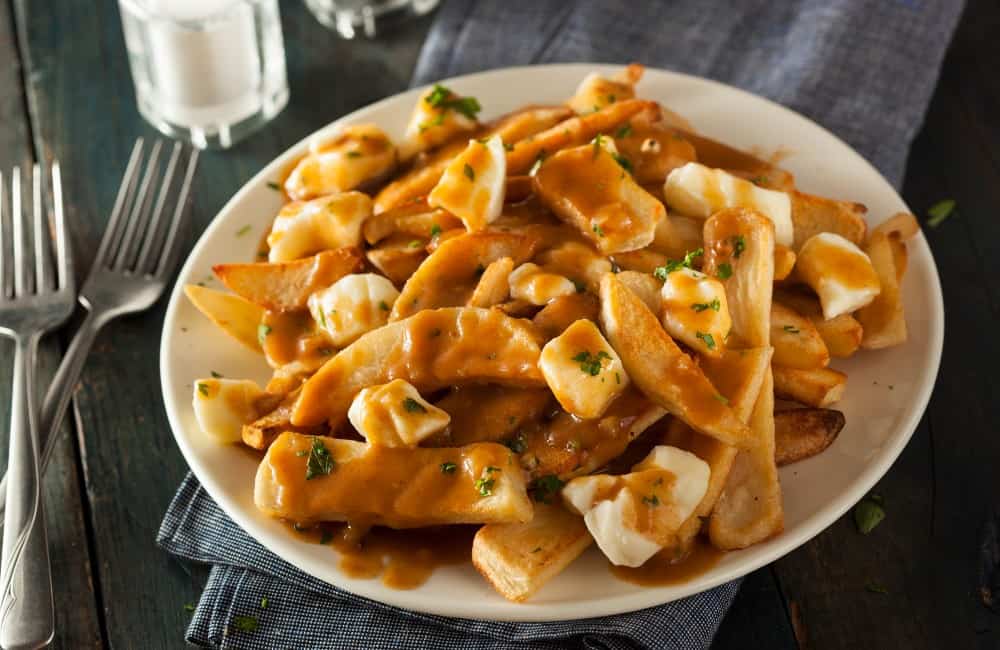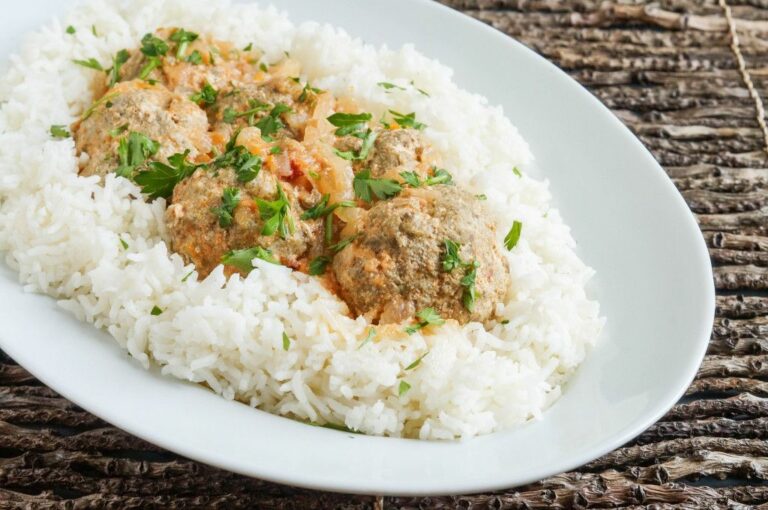Introduction: Traditional Khmer cuisine
Khmer cuisine is known for its unique blend of flavors, combining the sweet, sour, salty, and bitter tastes in one dish. The cuisine showcases a variety of spices and ingredients that are native to Cambodia, such as lemongrass, galangal, kaffir lime, and tamarind. The use of fresh herbs and vegetables is also a staple in Khmer cooking, making the dishes not only delicious but also healthy.
When visiting Cambodia, it’s a must-try to experience their traditional Khmer dishes. Here are some of the most popular Khmer dishes that are worth trying.
Amok Trey: Fish steamed in banana leaf
Amok Trey is a Khmer signature dish made with fish, coconut milk, and a variety of spices such as lemongrass, turmeric, and kaffir lime. The mixture is then steamed in a banana leaf, giving it a nice aroma and flavor. This dish is often served with white rice and a side of fresh vegetables.
The dish has a creamy texture and a mild flavor, making it an excellent introduction to Khmer cuisine for those who are not used to spicy food. Amok Trey is readily available in restaurants throughout Cambodia, and it’s a must-try for anyone looking to explore the local cuisine.
Lap Khmer: Minced meat salad with chili
Lap Khmer is a spicy minced meat salad that is a popular dish in Cambodia. The dish is made with chopped beef or pork mixed with fresh herbs, such as mint, basil, and cilantro, and dressed with lime juice, fish sauce, and chili. The dish is usually served with lettuce leaves and steamed rice.
Lap Khmer is a perfect dish for those who love spicy food and enjoy the unique flavor combination of fresh herbs and lime juice. The dish is known for its bold flavors and is often a favorite among locals.
Bai Sach Chrouk: Grilled pork with rice
Bai Sach Chrouk is a popular breakfast dish in Cambodia. The dish is made with grilled pork marinated in garlic, soy sauce, and coconut milk, served over a bed of rice with pickled vegetables and a side of broth.
The dish is known for its simplicity but packs a punch in flavor. The grilled pork is tender and flavorful, and the pickled vegetables add a nice crunch and tanginess to the dish. Bai Sach Chrouk is a perfect dish for those looking for a hearty breakfast or a quick, satisfying lunch.
Kuy Teav: Rice noodle soup with pork
Kuy Teav is a popular noodle soup in Cambodia. The dish is made with rice noodles, pork broth, and sliced pork, served with a variety of fresh herbs, vegetables, and condiments such as lime juice, chili, and fish sauce.
The dish has a rich and flavorful broth, and the fresh herbs and vegetables add texture and complexity to the dish. Kuy Teav is a comfort food in Cambodia, and it’s often eaten for breakfast or as a light meal.
Lok Lak: Stir-fried beef with vegetables
Lok Lak is a stir-fried beef dish that is popular in Cambodia. The dish is made with cubed beef, marinated in soy sauce, garlic, and lime juice, stir-fried with onions and tomatoes, and served over a bed of lettuce leaves with a side of dipping sauce.
The dish has a sweet and sour flavor and is known for its tender and juicy beef. Lok Lak is often served with steamed rice and is a popular dish at Khmer weddings and other celebrations.
Nom Banh Chok: Rice noodle soup with fish curry
Nom Banh Chok is a traditional Khmer dish made with rice noodles and fish curry. The dish is a favorite among locals, and it’s often eaten for breakfast or as a light lunch.
The dish has a rich and flavorful broth, with a variety of fresh herbs and vegetables such as mint, basil, and bean sprouts. The fish curry adds a nice depth of flavor to the dish and makes it a satisfying meal.
Num Pang: Cambodian baguette sandwich
Num Pang is a Cambodian-style baguette sandwich, often filled with grilled meat, pickled vegetables, and fresh herbs. The sandwich is a popular street food in Cambodia and is often eaten as a quick snack or a light meal.
The bread is usually crispy on the outside and soft on the inside, and the fillings add a burst of flavor and texture to the sandwich. Num Pang is a perfect dish for those on the go or looking for a quick bite to eat.


